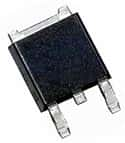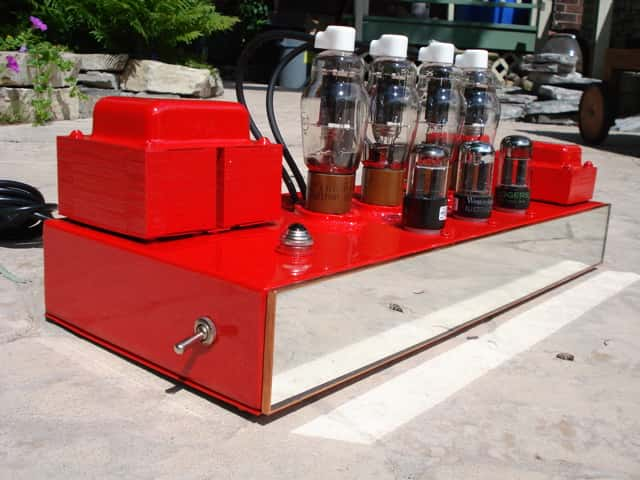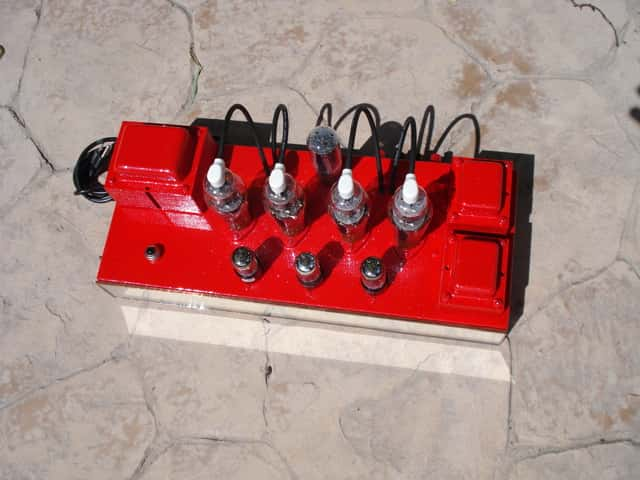Some of the most common questions we get are about Schottky diodes.

The simple definition of a Schottky diode is a diode with a very fast switching action as well as a lower forward voltage drop.
As the current flows through a diode, it experiences a slight voltage drop across the diode terminals. Normally, a diode has approximately 0.7-1.7V drops. A Schottky diode, however, will see a drop in voltage between 0.15-0.45V. The benefit of this lower drop? A much higher system efficiency.
The construction of a Schottky diode also effects the voltage drop and switching time. A Schottky diode has a metal semiconductor junction as the Schottky barrier rather than the traditional semiconductor to semiconductor junction seen in conventional diodes. It is this barrier that affects the voltage drop and the speed of the switching times.
Sometimes Schottky diodes are misspelled by adding an ‘e’ to the end: Schottkey. The correct spelling is Schottky which is the surname of the man that is credited with putting these electronic components in the history books.



